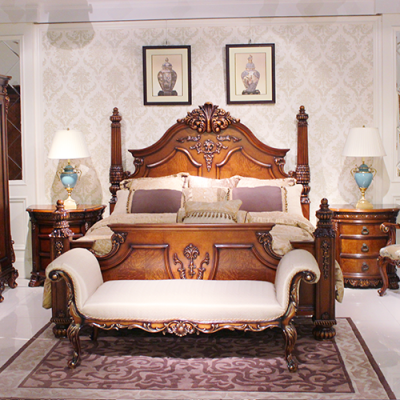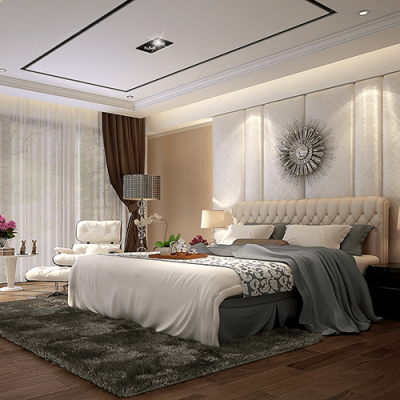Bunk beds and daybeds are both space-saving solutions, but they serve different purposes and have distinct advantages and disadvantages. Your choice between the two will depend on your specific needs and the available space in your room. Here’s a comparison of bunk beds and daybeds to help you decide which one is the right fit for your space:
Bunk Beds:
- Sleeping Capacity: Bunk beds are designed to accommodate two or more people in a vertical configuration. They are particularly useful for shared bedrooms, kids’ rooms, or dormitories.
- Space Efficiency: Bunk beds make efficient use of vertical space, leaving more floor space for other furniture or activities. This can be especially valuable in small bedrooms.
- Versatility: Some bunk beds come with additional storage options, such as built-in drawers or shelves, which can help maximize storage in a room.
- Playful Design: Bunk beds are often associated with a fun and playful design, which can be appealing to children and teenagers.
- Safety Concerns: Safety rails are essential on the top bunk to prevent falls. Bunk beds may not be suitable for very young children or individuals with mobility issues.
- Limited Usability: Bunk beds are primarily for sleeping, and the top bunk can be challenging to access for some people. They are not ideal for lounging or sitting during the day.
- Privacy: Bunk beds do not offer much privacy, as multiple individuals share the same room and sleeping area.
Daybeds:
- Sofa and Bed in One: Daybeds serve as both a sofa and a bed. They are versatile and can be used for lounging, reading, or accommodating guests during the day.
- Space Efficiency: Daybeds are ideal for rooms where you want a seating area that can transform into a bed when needed. They make efficient use of floor space and are suitable for small rooms.
- Variety of Styles: Daybeds come in various styles, from traditional to modern, so you can find one that matches your room’s decor.
- Privacy: Daybeds provide more privacy than bunk beds since they are typically used for individual lounging or sleeping.
- Accessibility: Daybeds are easy to access and do not require climbing stairs or ladders, making them suitable for all ages.
- Limited Sleeping Capacity: While daybeds can accommodate one person comfortably, some models have a trundle bed option that can be pulled out to accommodate a second person.
- Storage Options: Some daybeds come with built-in storage drawers, making them even more space-efficient.
In summary, if you need to maximize sleeping capacity and have limited floor space, bunk beds are a practical choice. On the other hand, if you want a versatile piece of furniture that serves as both a sofa and a bed, and you value individual comfort and privacy, a daybed might be the better option. Consider your specific needs, the room’s layout, and the preferences of the individuals using the furniture when making your decision.








